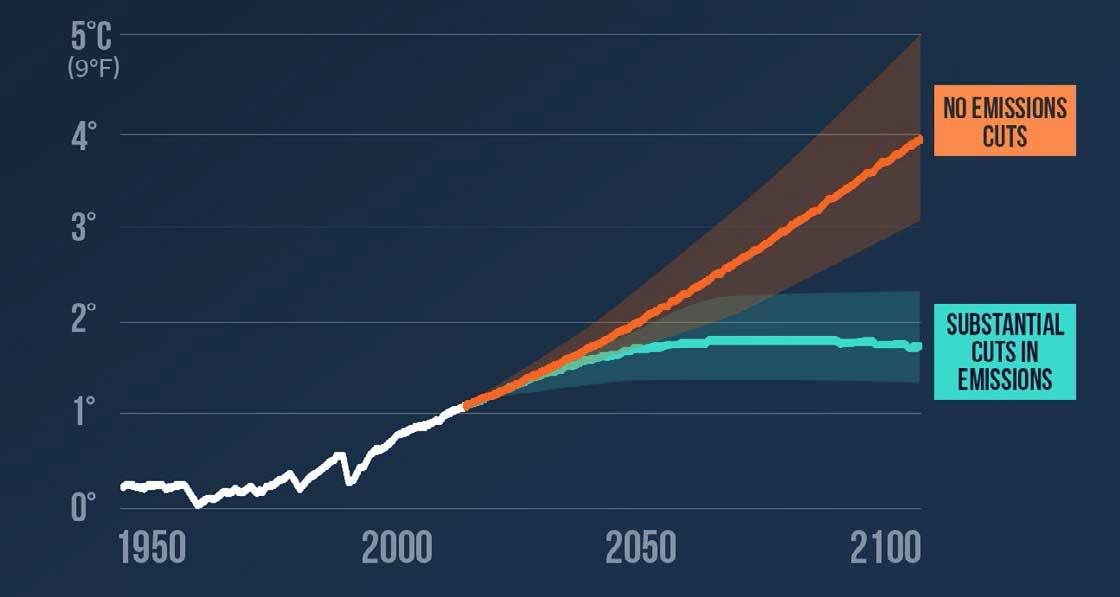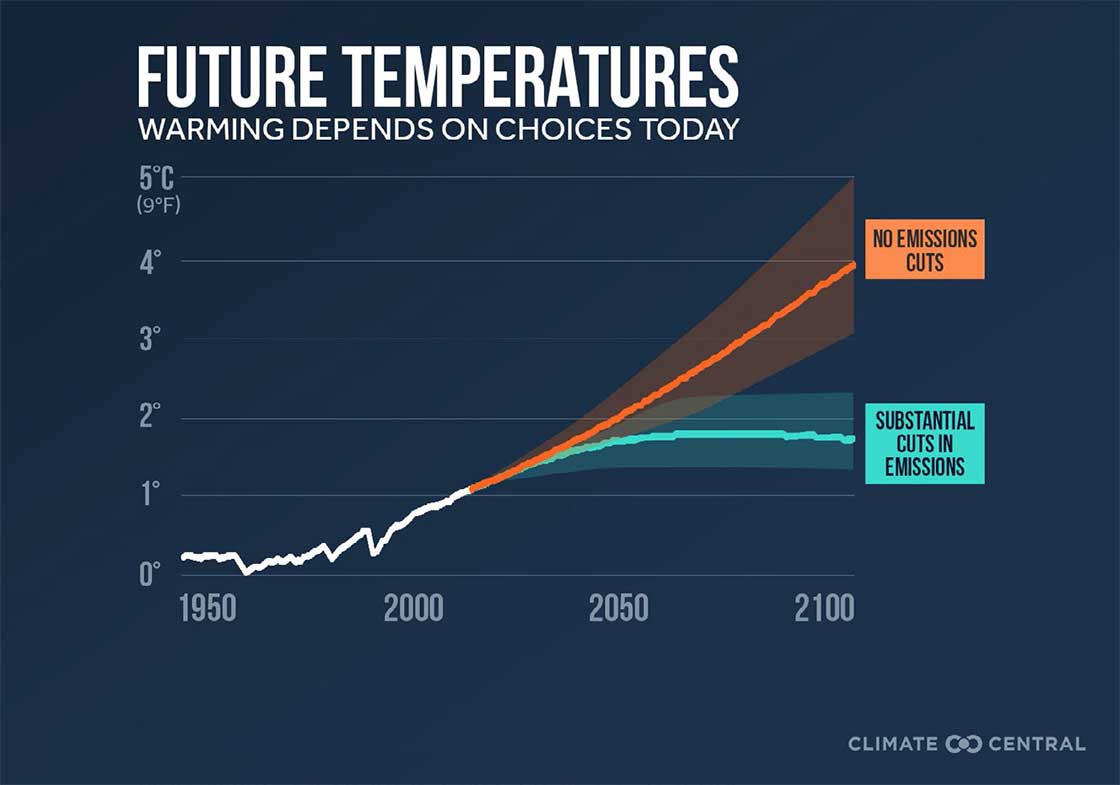
- Climate Change
- Posted
‘Sufficiency’ key alongside energy efficiency & renewables, says IPCC
Latest climate report calls for more e� cient use of floor space in buildings
This article was originally published in issue 41 of Passive House Plus magazine. Want immediate access to all back issues and exclusive extra content? Click here to subscribe for as little as €10, or click here to receive the next issue free of charge
‘Sufficiency’ policies that reduce the need for new building space, and more efficient use of floor area in buildings, will both have a critical role to play in reducing the carbon footprint of the built environment, the latest report from the Intergovernmental Panel on Climate Change (IPCC) has said.
As well as stressing the importance of energy efficiency and renewables, the report says that sufficiency — defined as avoiding demand for energy, materials, land and water while delivering human wellbeing — can play a key role in reducing emissions.
It gives dense and compact design, multi-functional spaces, shared spaces, and repurposing of existing buildings, as examples of sufficiency-based policies, and says that, “up to 17% of the mitigation potential in the buildings sector could be captured by 2050 through sufficiency”.
The report also says that total direct and indirect emissions from residential buildings increased by 50 per cent between 1990 and 2019, and that this was “mainly driven by the increase in floor area per capita”, as dwelling size has increased while the number of occupants per household has decreased. It says that more efficient use of both floor space and energy will be important to reducing emissions.
The document, ‘Climate Change 2022: Mitigation of Climate Change’ was published on 4 April. It is the third and final report published as part of the IPCC’s sixth assessment report.
It says that global emissions from buildings could be reduced by 61 per cent by 2050, with the largest share of mitigation potential coming from low carbon new buildings in developing countries, plus the renovation of existing buildings in developed countries.
“We see examples of zero energy or zero- carbon buildings in almost all climates,” said IPCC Working Group III co-chair Jim Skea. “Action in this decade is critical to capture the mitigation potential of buildings.”
However, the report warns that “low ambitious” policies have the potential to lock-in carbon emissions from the built environment for decades. It also says that “low renovation rates and low ambition of retrofitted buildings have hindered the decrease of emissions”.
But it says that that well designed and implemented new build and retrofit policies have the potential to contribute to the UN’s sustainable development goals while adapting buildings to future climate.
“For the built environment, the report revealed some promising information about our sector’s potential to accelerate climate action,” said Cristina Gamboa, chief executive of the World Green Building Council.

Global surface temperature (°C) anomaly relative to 1850- 1900 High warming scenario: SSP3- 7, Low warming scenario from SSP1-2.6 Source: IPCC AR6 WG1
“Most encouraging is the verdict that net zero buildings can be delivered at scale by 2050, but only if policy packages are effectively implemented and barriers to decarbonisation removed. And these packages must combine a purposeful trifecta of sufficiency, efficiency, and renewable energy measures.”
“What we need is the perfect union of political ambition and financial incentives to make this happen at scale. “These mitigation interventions also have significant potential to address wider socio-economic issues, and help achieve the UN Sustainable Development Goals (SDGs) in all regions, while future-proofing buildings for changing climates.
“The challenge of embodied carbon has long been a contention point for our industry,” Gamboa said. “However, this report finds that embodied emissions can be addressed by limiting a new building's required floor space, and reducing the quantity and intensity of material emissions through rigorous efficiency measures.
“We know that the solutions already exist to help us achieve net zero buildings, but we need radical, systemic transformation in the way we design, build, operate, deconstruct and value our buildings and infrastructure.”
The report also says that the expanded use of wood products from sustainably managed forests has the potential to mitigate emissions if these products are long-lived, recycled or substitute for higher carbon materials, but it stresses that land and forest-based mitigation measures, “cannot compensate for delayed emissions reductions in other sectors.”
The full report is available at www.ipcc.ch.
- Issue 41
- Irish news
- UK news
- Ireland
- UK
- IPCC
- Intergovernmental Panel on Climate Change
- Climate Change
Related items
-
 King of the castle
King of the castle -
 Energy poverty and electric heating
Energy poverty and electric heating -
 New Ejot profile cuts thermal bridging losses by 25mm insulation equivalent
New Ejot profile cuts thermal bridging losses by 25mm insulation equivalent -
 Build Homes Better updates Isoquick certification to tackle brick support challenge
Build Homes Better updates Isoquick certification to tackle brick support challenge -
 #BuildingLife Series: Director at CORA Consulting Engineers, John Casey
#BuildingLife Series: Director at CORA Consulting Engineers, John Casey -
 September’s AECB environmental construction conference seeks to spark debate among industry experts
September’s AECB environmental construction conference seeks to spark debate among industry experts

